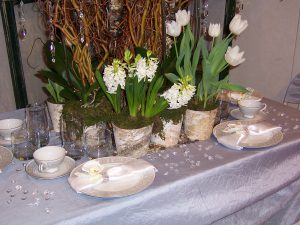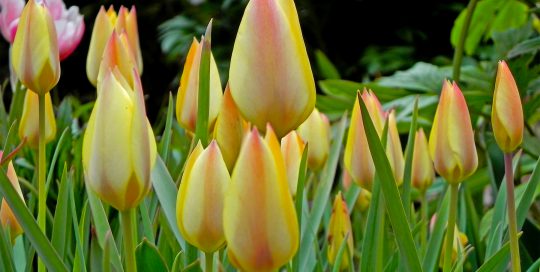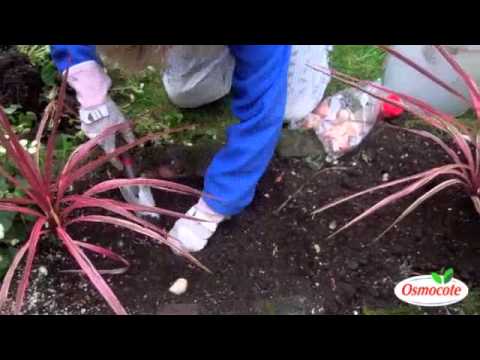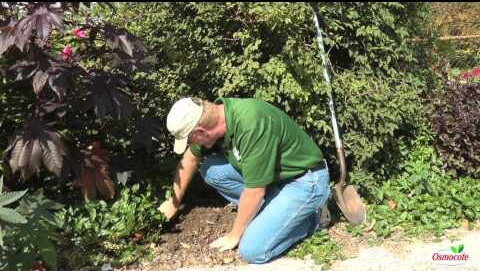Planting bulbs in containers
Starting in November, I put soil-less potting mix in several plant pots and small plastic window boxes. Then the fun begins. I plant mixtures of bulbs in the containers. They’re watered and set in a bright, cool window. If the bulbs have not had a few weeks of cold treatment, after planting I place the pots back in the garage. Once the leaves appear, I bring them indoors. Within weeks, the leaves and buds appear. By the holidays and well into January, our house is filled with an abundance of blooms. To keep the display going, I’ll stagger the planting every week or so from November through December.
Every container I use has drainage holes—a necessity—otherwise the roots can easily rot if you overwater. Because the pots are indoors, I always place saucers and trays below them to catch excess water so it won’t damage furniture.
You’ll need a small bag of soil-less potting mix that contains granular fertilizer. I fill the pots with moistened mix to within about 4 inches of the rim. Then, I set the bulbs close together because I want an over-the-top display. The pointy end of daffodils and tulips is called the nose. They may not have visible roots, but you should see some fibers on the base of the bulb. Larger bulbs go in first, nose up, and then I sprinkle a light layer of soil mix so that it barely covers them. Next, I pop in smaller bulbs (grape hyacinths or shorter tulips) and continue adding soil mix until it reaches about an inch below the pot’s rim.
If the soil is too close to the top of the pot, the soil will overflow when you water. Place the container where it will get low-to-bright light, but not direct sunlight. Keep the soil moist but not soggy. Empty any standing water from the tray or saucer after an hour or so.
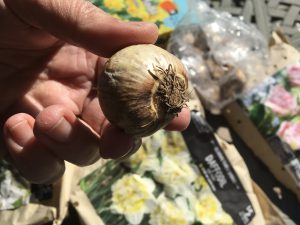
Photo by Nina Koziol
Getting the bulb combinations right
Some of my favorite combinations are a mixture of very tall daffodils together with short daffodils and grape hyacinths. Tall, white-flowered ‘Maureen’ tulips can be planted with ‘Baby Moon’ daffodils, which will produce three to five sweet-scented, canary-yellow flowers on each stem. Muscari (grape hyacinths) are wonderful as a carpet below yellow-flowered daffodils or pink tulips. Grape hyacinths grow to about five inches tall, they are not all grape-colored. Some varieties are white, purple, pink, purple and white, pink and white, or solid yellow, so there is plenty of room for artistic pairings.
Create tabletop bulb displays
Placed on a kitchen or dining room table, a coffee table, mantlepiece or a countertop, spring-blooming flowers make a room festive and inviting. For a fun centerpiece, I place pots of blooming daffodils and tulips on top of small glass cake pedestals. I scour resale shops for pedestals in different sizes. They’re inexpensive and add to the display.
Stage the pots in the middle of the table and surround them with small candles. If I’m using one large pot or a long window box, I’ll cut some small curly twigs from the garden and pop them into the center of the display. To cover the soil surface, I sometimes tuck sheet moss (sold in craft stores) around the base of the leaves. The flowering tabletop displays make for great conversation pieces.
